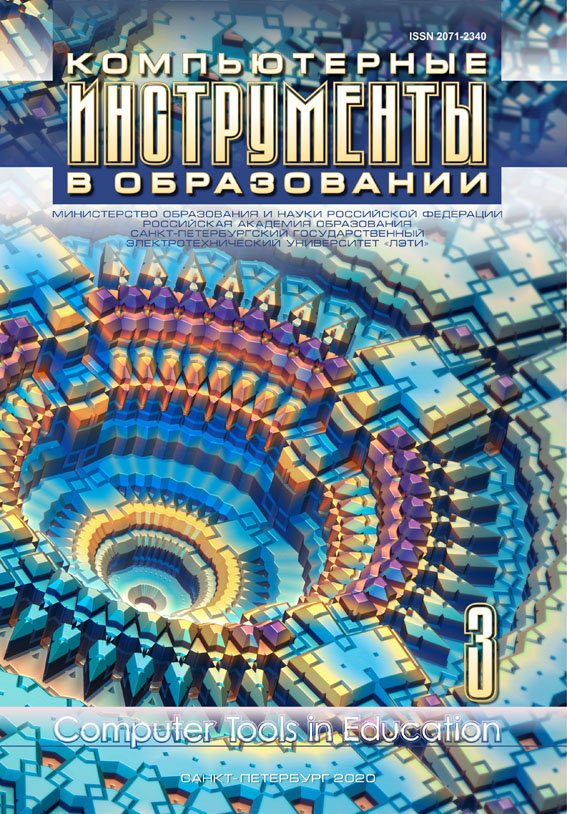On the Question of Statistical Research in the School Course of Mathematics
Abstract
Some elements of probability theory and statistics have been only recently included in high school curriculum. However, there so far have been no well-established textbooks and no clear consensus on the depth and breadth of the topics to be taught. As a result, the course gives students an incomplete picture of the subject. The article discusses some possible additions to the existing curriculum. The article also provides examples of assignments where mathematical statistics methods are used to study distribution laws and to solve geometry and extremum problems.
References
E. A. Bunimovich and V. A. Bulychev, Veroyatnost’ i statistika v shkol’nom kurse matematiki. 7–9 klass [Probability and Statistics in School Mathematics. 7–9 class], Moscow, Kaluga, Russia, 2008 (in Russian). [Online]. Available: http://school-collection.edu.ru
E. A. Bunimovich and V. A. Bulychev, Veroyatnost’ i statistika v shkol’nom kurse matematiki. 10–11 klass [Probability and Statistics in School Mathematics. 7–9 class], Moscow, Kaluga, Russia, 2008 (in Russian). [Online]. Available: http://school-collection.edu.ru
E. A. Bunimovich and V. A. Bulychev, Osnovy statistiki i veroyatnost’. 5–11 class [Basics of statistics and probability 5–11 class], Moscow, Russia: Drofa, 2008 (in Russian).
Yu. N. Tyurin, A. A. Makarov, I. R. Vysotskii, and I. V. Yashchenko, Teoriya veroyatnostei i statistika [Probability theory and statistics], Moscow, Russia: MCCME, 2014 (in Russian).
Yu. N. Tyurin, A. A. Makarov, I. R. Vysotskii, and I. V. Yashchenko, Teoriya veroyatnostei i statistika: Metodicheskoe posobie dlya uchitelya [Probability theory and statistics: Handbook for teachers], Moscow, Russia: MCCME, 2014 (in Russian).
U. Wilensky, Connected Mathematics: Building Concrete Relationships with Mathematical Knowledge, PhD dissertation, Massachusetts Institute of Technology, Program in Media Arts & Sciences, MA, USA, 1993.
S. Papert, “An Exploration in the Space of Mathematics Educations,” International Journal of Computers for Mathematical Learning, vol. 1, pp. 95–123, 1996; doi: 10.1007/BF00191473
I. M. Sobol’, Metod Monte Karlo, Moscow, Russia: Nauka, 1968 (in Russian).
V. I. Arnol’d, «Zhestkie» i «myagkie» matematicheskie modeli. Doklad na Vserossiiskoi konferentsii
«Matematika i obshchestvo. Matematicheskoe obrazovanie na rubezhe vekov» ["Hard"and "Soft"mathematical models], Moscow, Russia: MCCME, 2000 (in Russian).
G. I. Falin, “History of experiences with throwing of a coin. Part 3. Dzhevons’s experience,” Matematika v shkole, no. 1, pp. 52–58, 2015 (in Russian).
G. I. Falin, “History of experiences with throwing of a coin. Part 2. De Morgan’s experience,” Matematika v shkole, no. 10, pp. 52–57, 2014 (in Russian).

This work is licensed under a Creative Commons Attribution 4.0 International License.







